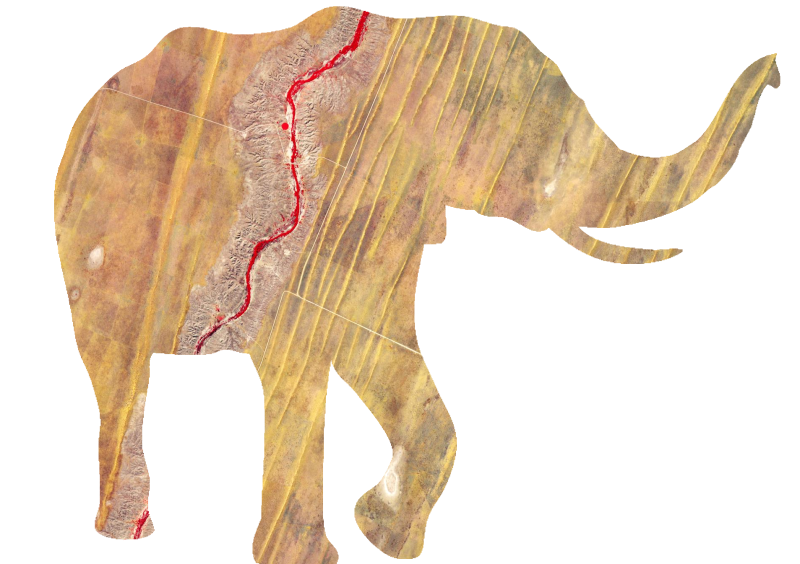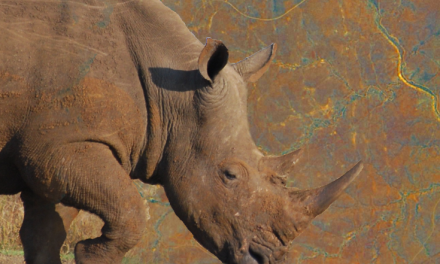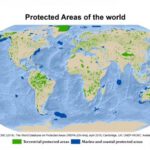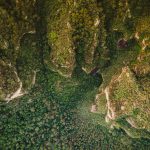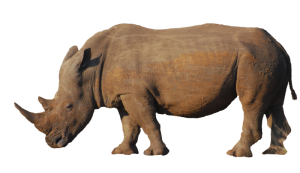 The 37th International Symposium on Remote Sensing of Environment, hosted by the South African National Space Agency, will convene in Pretoria (Tshwane, South Africa) between 8-12 May 2017. The overarching theme of ISRSE 2017 is “Earth Observation for Development and Adaptation to a Changing World” (see https://events.sansa.org.za/isrse-37).
The 37th International Symposium on Remote Sensing of Environment, hosted by the South African National Space Agency, will convene in Pretoria (Tshwane, South Africa) between 8-12 May 2017. The overarching theme of ISRSE 2017 is “Earth Observation for Development and Adaptation to a Changing World” (see https://events.sansa.org.za/isrse-37).
Please consider to submit an abstract for the session on “Earth Observation for Protected Area Monitoring and Management” at this symposium. Protected areas are a key mechanism for conserving biodiversity and have been shown to play an important role in protecting species, landscapes and processes. However, PAs are not isolated from the landscapes in which they are embedded and increasingly PA managers appreciate the fact that parks must be viewed and managed within the broader socio-ecological landscape mosaic in which they are located, with the ecosystem services framework becoming increasingly popular. As EO technologies are oblivious to administrative, political, land-use and management boundaries, it provides a particularly useful tool for contextualising, monitoring and evaluating PAs within the broader bioregions. A such, remote sensing can detect and map land cover changes and emerging trends, threats and potential opportunities within and surrounding the parks, with important implications for integrated land use planning and conservation planning. In addition, PAs are often large, remote, with poor road networks and limited financial and human capacity. Here remote sensing again provides a critical tool with which to monitor and manage PAs, e.g. vegetation condition monitoring, herbivore management, fire alert and mapping, habitat modelling, etc. The aim of our proposed session is to review and critically reflect on how remote sensing has contributed to PA management in recent years, and ask pertinent questions about how effectively remote sensing has been in providing operational solutions for PA management as opposed to remaining largely a research tool. In this session we would like to take a non-technical approach, focusing on showcasing continental, regional and local scale examples of how remote sensing has or can influence PA management. Case studies illustrating approaches and lessons that can have wider application are particularly encouraged. In addition to studies on the use of EO in PAs, the session will also like to include a couple of conceptual talks and reviews on EO in protected area management and biodiversity conservation.
organized by: Izak Smit (South African National Parks), Nathalie Pettorelli (Zoological Society of London) and Barend Erasmus (University of the Witwatersrand)
